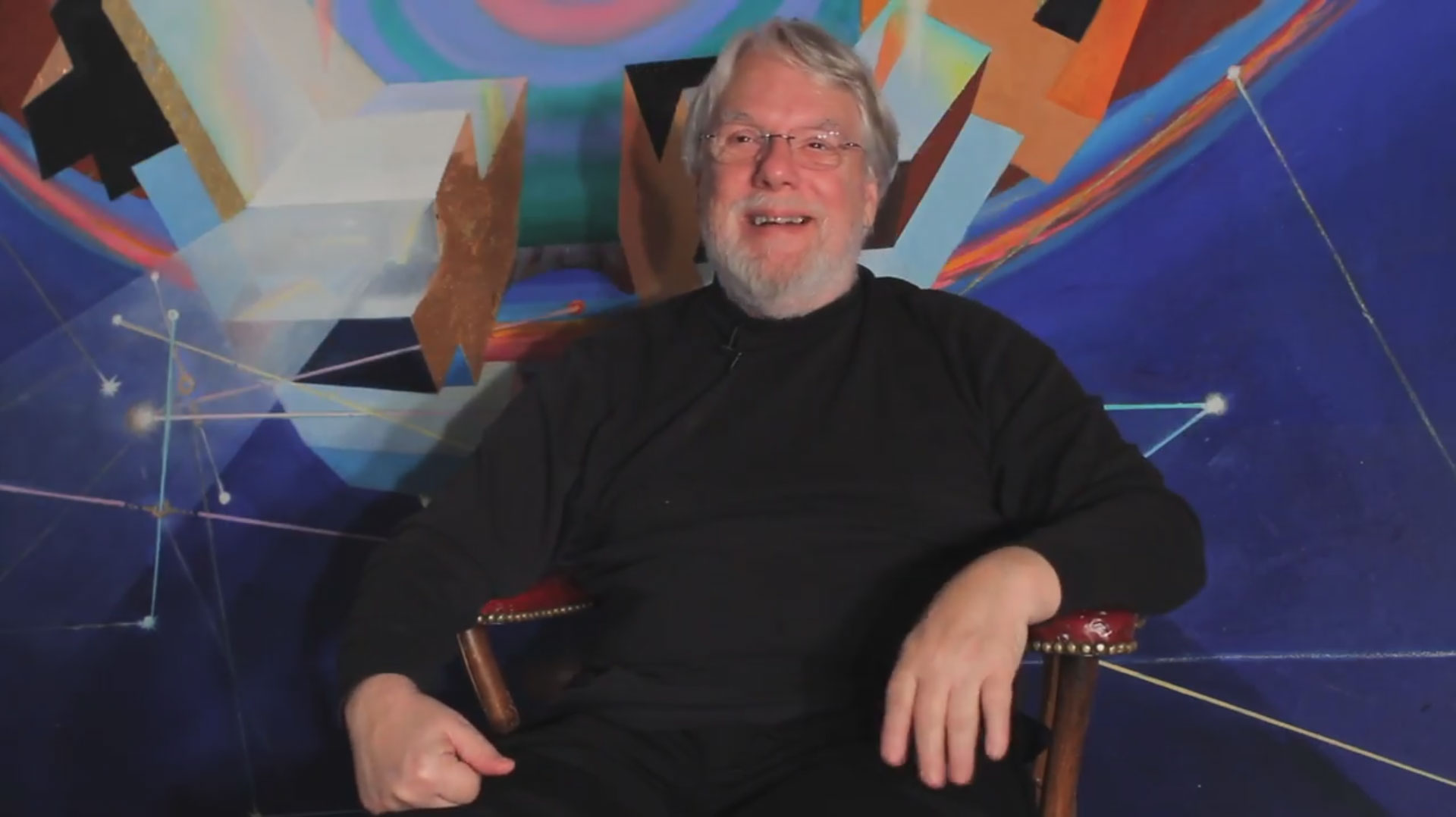
As you likely know by now, this year marks the 50th anniversary of the Apollo 11 moon landing. What you may not know is that it also marks the 50th anniversary of art’s introduction to space.
Well, maybe.
Many believe the first work of space art was created in 1969 when American sculptor Forrest Myers created a series of fingernail-sized ceramic tiles on which he asked fellow artists John Chamberlain, David Novros, Claes Oldenburg, Robert Rauschenberg, and Andy Warhol to inscribe their own drawings. Legend has it that Myers surreptitiously attached one such tile, called The Moon Museum, to Apollo 12—the second spacecraft to successfully land on the moon, launched four months after the first.
But not everyone believes that this actually happened. Others, especially those in the scientific community, assert that The Moon Museum amounted to little more than a very earth-based conceptual art prank rather than the first piece of art to transcend the confines of our own planet. Lowry Burgess, an artist regularly cited as the godfather of space art, falls into this latter camp.
“A lot of scholars don’t even believe that the Moon Museum from Warhol and the gang is there, and I’d consider it to be a very trivial piece even if it was,” Burgess tells artnet News. “None of the works in The Moon Museum, if it really exists, have anything to do with space.”
If, indeed, Myer’s museum was a myth, then Burgess takes the title as the first artist to send a work of art up into space with NASA. In 1989, his sculpture called the Boundless Cubic Lunar Aperture—a five-square-inch block packed with holograms and texts—was chosen among 200-some candidates to be taken into space by NASA as the inaugural non-scientific payload.
The Moon Art Ark (rendering). Photo: the Moon Arts Project.
Now, 30 years later, Burgess is working to send a museum of his own to the moon.
The space art pioneer is leading the team of 60 researchers behind MoonArk, a collaborative vessel that will be shipped to outer space on an astrorobotic lander in 2021. Constructed of four stacked cylinders, the sculpture is curated with hundreds of new works of art—pictures, poems, musical scores, dance choreographies, and so on. They’re packed into the modular object in the form of micro-etchings that can be read with light. The whole thing weighs half as much as a can of soda.
The goal, Burgess says, is to provide a kind of time capsule of contemporary culture, so that in some far future, hundreds or even millions of years from now, someone might be able to understand what it was like to have been alive today.
“The mission of NASA now is to move humanity into space, and if you’re going to do that you have to bring culture,” he explains. “We’re culture-producing creatures—we produce art and we produce all these other things that aren’t necessarily what have been taken into outer space in the first era of the space age.”
“That’s why it’s called an ark,” he says. “It’s carrying all of life to the moon.”
Lowry Burgess (center) in the Moon Arts “war room.” Courtesy of the Moon Arts Project.
Recently, we’ve seen a number of big-name artists take their work beyond Earth’s atmosphere, from Trevor Paglen and Tavares Strachan to Makoto Azuma. Damien Hirst even sent a painting to Mars. But Burgess says that’s just the tip of the iceberg. The space art movement is bigger than ever, with conferences dedicated to the topic regularly drawing hundreds of artists from around the world. And he only sees the movement getting more expansive in the future.
It’s easy to see why space would appeal to artists as an arena for creation, explains Burgess. Art itself is, after all, an exercise in exploring the unknown.
“It adds a further dimension to our understanding of art. There’s just so much potential,” says Burgess. “There are all these artists spinning around on this globe, bound by gravity, as well as culture and fashion and this and that. I think it’s simply a way to put it all into perspective and say, ‘Wait a second, this object we’re standing on is out there too. To me it’s about substantiation—the substantiation of imagination through materials.”